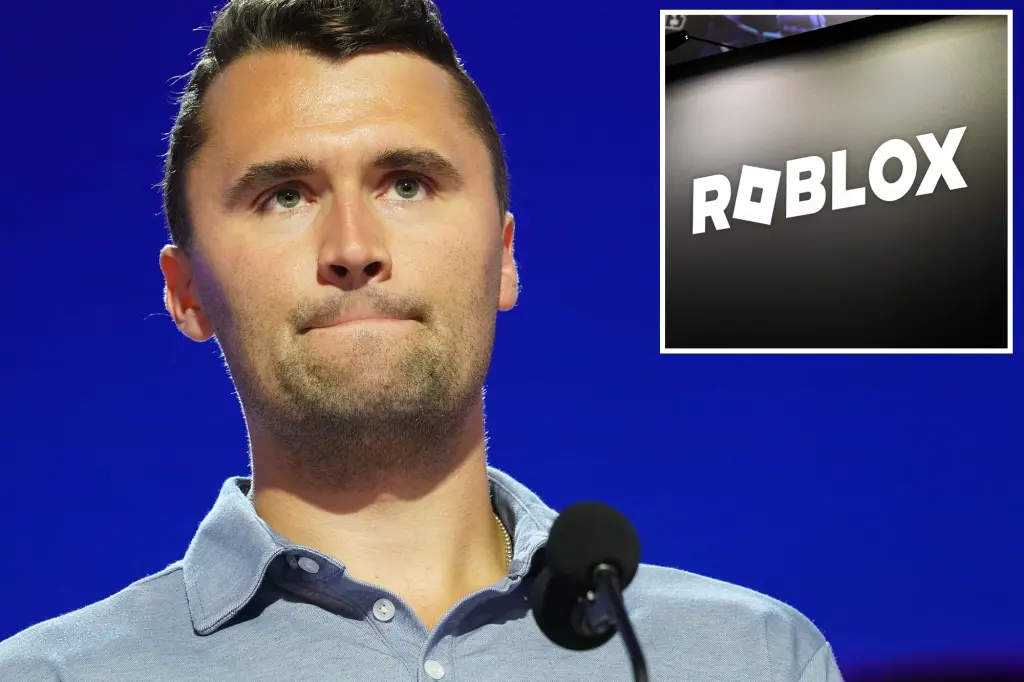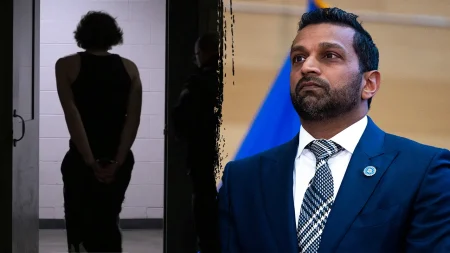Kentucky’s Legal Battle Against Roblox: Protecting Children in the Digital Age
In a significant legal development, Kentucky has initiated a lawsuit against Roblox, the popular gaming platform boasting 111 million active monthly users. The state’s Attorney General Russell Coleman alleges that the platform has failed to implement adequate safeguards to protect children, effectively creating what the lawsuit describes as a “playground” for predators. This legal action highlights the growing concern about child safety in digital spaces, particularly on platforms primarily used by young people. The lawsuit claims that Roblox’s insufficient age verification protocols have allowed child predators to create accounts and pose as children to lure potential victims, putting millions of young users at risk. This is especially troubling considering that two-thirds of American children between ages 9 and 12 actively use the platform, making it a major part of modern childhood experience.
The Kentucky lawsuit details disturbing examples of harmful content reaching minors on the platform, including recent “assassination simulators” that appeared following the attempted shooting of conservative activist Charlie Kirk at a Utah Valley University campus event in September. According to the legal filing, these simulations allowed “children as young as five years old to access animated bloody depictions” of the shooting. The Attorney General’s office further argues that Roblox’s design fundamentally enables predators to gain “easy access to children” and facilitates grooming that can lead to real-world harm including “harassment, kidnapping, trafficking, violence, and sexual assault of minors.” The lawsuit explicitly states that these harms occur “as a direct result of Defendants’ actions and inactions,” placing responsibility squarely on the company for failing to protect its youngest and most vulnerable users.
The human impact of these allegations was powerfully illustrated during a press conference where Kentucky mother Courtney Norris shared her experience. Like many parents, she had initially believed Roblox to be a safe gaming option for her three children, only to discover later that it functioned more like the “Wild West of the internet, targeted at children.” Her testimony represents the concerns of countless parents who struggle to navigate the complex digital landscape their children inhabit. Attorney General Coleman has demanded concrete changes from Roblox, including improved age verification systems, more effective content filters, and comprehensive parental controls—all measures designed to create a safer online environment for young users. These demands reflect growing public pressure for tech companies to take greater responsibility for the safety of their platforms, especially those popular with children.
Kentucky’s legal action follows similar lawsuits in other states, indicating a broader national concern about online safety for children. Louisiana filed suit against Roblox in August, while Iowa initiated legal proceedings after a 13-year-old girl was allegedly introduced to an adult predator on the platform, kidnapped, trafficked across multiple states, and sexually assaulted. In North Carolina, a mother sued the gaming company claiming it enabled a predator to sexually exploit her young daughter by offering Robux—the platform’s virtual currency—in exchange for explicit images. These cases collectively paint a disturbing picture of how predators can exploit digital platforms designed for children, using the very features meant to enhance gameplay as tools for manipulation and abuse. The multiplication of lawsuits across different states suggests that these are not isolated incidents but potentially indicative of systemic issues with the platform’s safety measures.
In response to these serious allegations, Roblox has defended its safety practices, stating that it has “rigorous safety measures in place,” including “advanced AI models” and “an expertly trained team of thousands moderating our platform 24/7 for inappropriate content.” The company acknowledges that “no system is perfect,” but emphasizes its ongoing commitment to safety innovation, claiming to have added “100 new safeguards” in the past year alone, including facial age estimation technology. The company also points to specific protective measures for younger users, noting that those under 13 cannot directly message others outside of games or experiences unless default settings are changed through parental controls. These statements reflect the company’s attempt to position itself as proactive about safety while facing mounting legal challenges and public scrutiny about its platform.
The Kentucky lawsuit against Roblox represents a critical intersection of technology, childhood development, and public safety in the digital age. As children increasingly spend significant portions of their lives in online spaces, the responsibility of platform providers to create safe environments becomes more pressing. The legal actions across multiple states signal a potential shift in how we collectively approach the regulation of digital spaces designed for children, with greater emphasis on proactive protection rather than reactive measures. For parents like Courtney Norris, these lawsuits represent hope that digital platforms will be held to higher standards when it comes to protecting children. As this case and others progress through the legal system, they may well establish important precedents for how we balance technological innovation with the fundamental need to safeguard our children in an increasingly digital world. The outcome of Kentucky’s lawsuit could influence not just Roblox’s policies but how all gaming platforms approach child safety in the future.










